Tools
The research performed within the three labs is reflected in the developed tools.
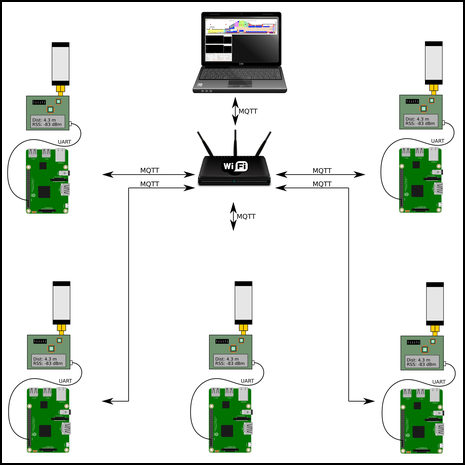
UWB Localization Data Set contains measurements from four different indoor environments. The data set contains measurements that can be used for range-based localization evaluation in different indoor environments. All localization tag positions were generated beforehand to as closely resemble the human walking path as possible. All walking path points are equally spaced to represent the equidistant samples of a walking path in a time-domain.

Signal3D and RTX are our tools for full 3D indoor radiowave-propagation modelling. Signal3D offers a 3D user interface to define indoor environment geometry and visualize signal prediction. Signal loss is calculated by the Discrete Method of Images. Signal3D is also a client for the RTX remote service when narrowband channel impulse responses between two communicating points are needed. Both, the client and the use of service are free.
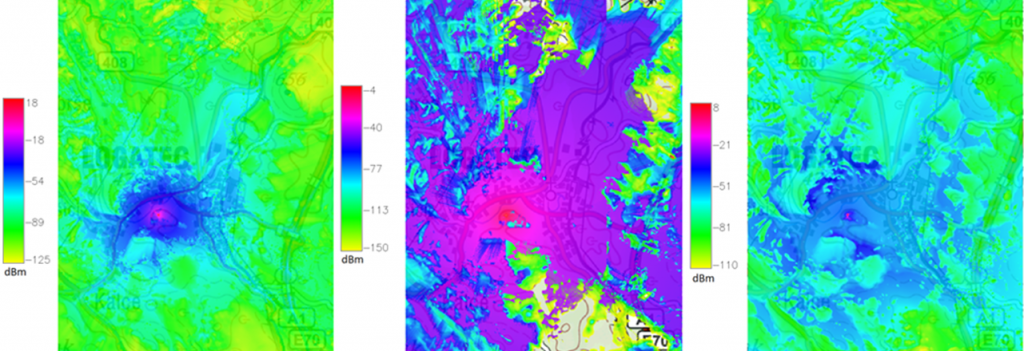
RaPlaT is an open source tool resulting from the development, implementation and testing of the software modules for radiowave-propagation modelling in mobile-communications systems for rural and urban environment including statistical channel models and channel models based on ray tracing. It uses the GRASS open-source geographic information system.

A wireless multi-function biosensor that measures a potential difference between two proximal electrodes on the skin, enables wireless monitoring of vital functions – heart activity and respiration. The sensor is designed as a small plaster-like reusable unit that can be easily fixed onto the body surface and is therefore minimally obtrusive for users. Incorporated low-power radio system transmits the measured data to a radio receiver, such as a smartphone in real-time.
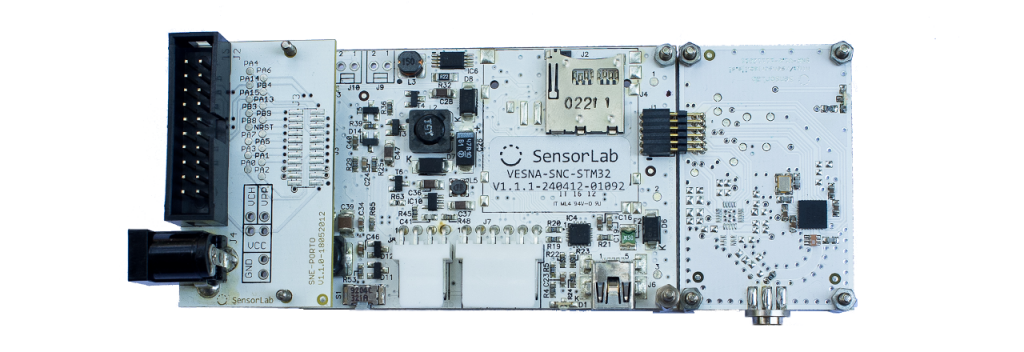
VESNA is a modular and fully flexible wireless sensor networks platform, developed as the core building block for several research and applied projects. A variety of supported features, protocols and technologies together with the arbitrary combination of developed hardware and software modules, make the VESNA platform well suited for the implementation of the experimental research sensor networks infrastructure, deployment of pilot applications, validation of usage scenarios and development of end-user solutions.
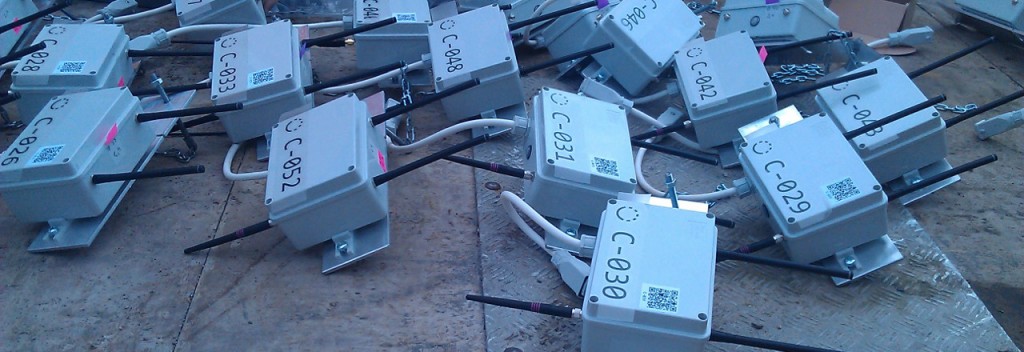
LOG-a-TEC covers a set of diverse testbeds used for research purposes. The testbeds are mostly based on the VESNA hardware platform. The testbed is part of the CREW federation, it is recognised as EU FIRE experimental facility and listed in XiPi catalogue of Future Internet infrastructures.
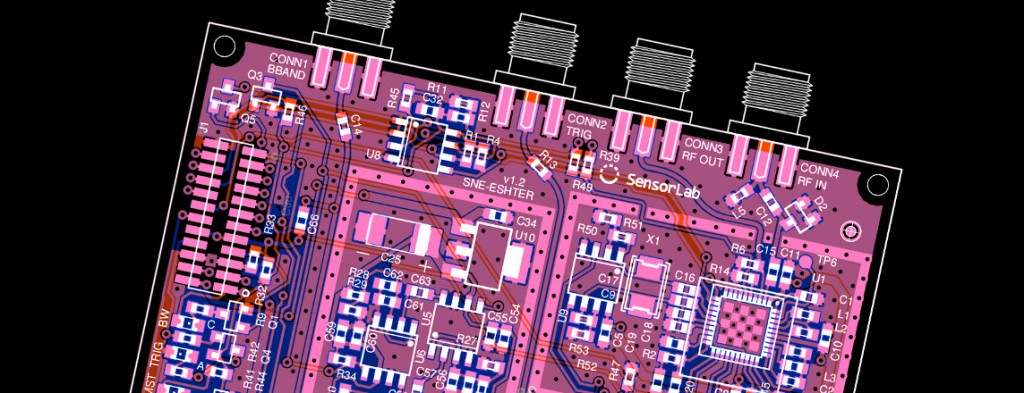
Embedded Sensing Hardware for TVWS Experimental Radio (SNE-ESHTER) is a compact radio receiver for VHF and UHF frequency bands. It can be mounted on the VESNA wireless sensor nodes to perform spectrum sensing experiments in TV White Spaces. The receiver was specifically designed to work well with low-powered embedded devices to gain new insights into performance of various spectrum sensing methods when applied to devices with constrained resources.
